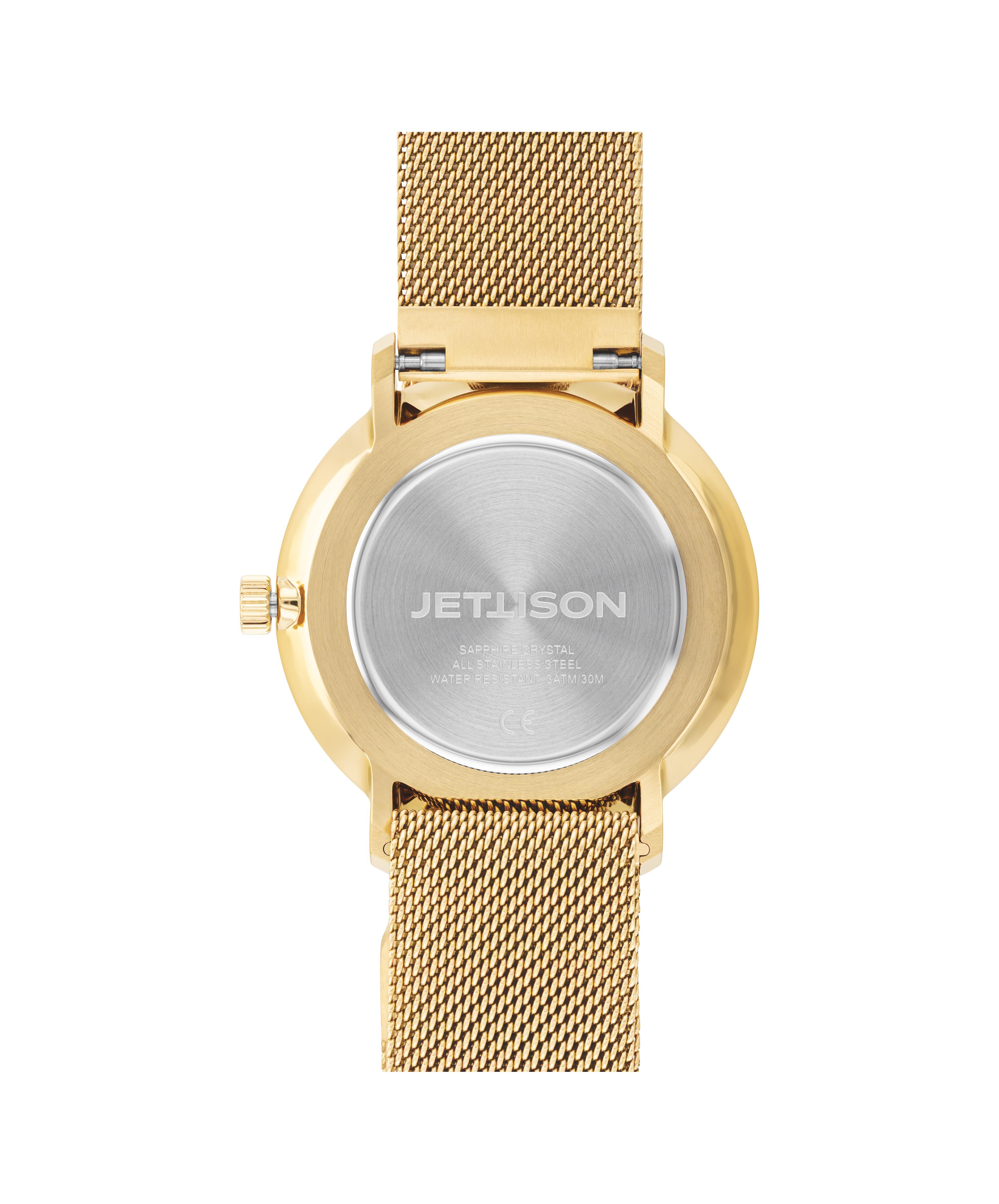
It’ll never be as compact as you want it to be, but compared to other boats on the market, this is close to the most capable to low-bulk-ratio boat out currently. Packed up, the boat fits into an 8- by 20-inch stuff bag, which rides atop a backpack as happily as it does stashed inside on shorter trips. The profile of the WW Refuge is very reminiscent of the Scout, but under the hood is what really cranks the knob in terms of capability (photo/Erika Courtney) A pound may not sound like much, but when you’re 35 miles into a traverse of the Brooks Range - you’ll find nearly any reason to jettison weight.
JETTISON WATCHES FULL
With the full complement of whitewater rigging, the WW Refuge tips the scales at a scant 7 pounds, which is nearly a full pound lighter than a Classic raft (with a whitewater deck and no rigging to speak of). The packed size and weight, however, is where all the tradeoffs become worth it. The stern of the boat also comes to a point versus the blunted sterns of the bigger water boats. The boat itself measures 87 inches long for the medium size boat I tested, and it sports a flatter rockered hull than the Rally Hull design of most whitewater boats in the Alpacka lineup. The 10-inch tube diameter is also the same, which helps to keep the weight down when compared to the 11.7-inch tubes of the Classic raft. The non-whitewater version of the Refuge precedes the WW version by a year and was designed by lifting lines from the Scout, Alpacka’s plunk-around flatwater boat. Even fully rigged, the WW Refuge is no sweat to portage to the water (photo/Erika Courtney) With Alpacka crossbreeding its rafts and churning out some truly specialized designs, taking the Refuge and tuning it for some bigger water was only natural. The WW Refuge landed at the same time that Alpacka rolled out its GnarMule, a boat that took the burly backcountry meat hauler of their Mule Raft and souped it up with all the accouterments for whitewater paddling. Once I understood that, the real fun began. By the end of the run, I’d understand that the WW Refuge is far from a slouch - it just requires a lighter touch. The glacial outflow rivers of Washington’s Cascade Range are particularly chilly in spring, and as I ejected I felt the cold realization that this wasn’t your typical bash-around whitewater raft, as well as not a small portion of embarrassment.īut that feeling wouldn’t last long. Maybe a little too hard, as I quickly lost balance and took the first splash of the day not 50 feet from the put-in.

Dig the lean on it!” I dug my knees into the tubes of the raft and leaned it over hard to better flourish its abilities. While there are a few caveats regarding light weight and limited room for cargo, overall, this raft is top-notch.Ĭheck Price at Alpacka Raft Alpacka Whitewater Refuge: Review At 7 pounds all told and specced out with a full whitewater rig, the Alpacka WW Refuge was made for remote whitewater (photo/Erika Courtney) First Impressions on the Water For the long-distance traverse hounds that aren’t afraid to carry their packrafts over tussocks and mountain passes, the WW Refuge may be the ideal boat. In short: Alpacka continues to push the envelope, refining packrafts like the Whitewater Refuge that are tailor-made to excel in the brand’s groove in the whitewater spectrum.


This summer, I jumped in with both feet and tested the raft in the rivers of the Pacific Northwest.

Modeled after the brand’s diminutive Scout raft, the Whitewater Refuge takes a page out of the dream journals of the primordial packrafters who vied for a packable raft that was light enough to navigate the hard country of Alaska with on their backs, but also capable enough to enjoy some deep backcountry whitewater. But today, boat design is having a real “cake and eat it too” moment - and Alpacka Raft is leading the charge in turning out packrafts that appeal to the multisport among us who don’t like to compromise. Then, these packable inflatables got lighter, got stronger, and got better for their respective niches.


 0 kommentar(er)
0 kommentar(er)
